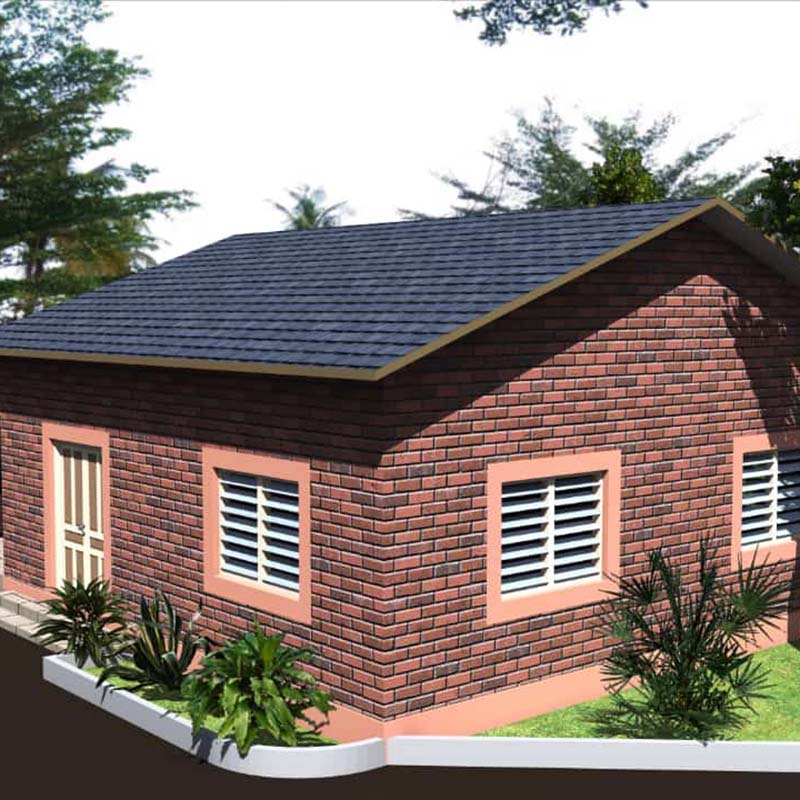
Image source: Aiwei block machine
Introduction
The concept of the circular economy has gained significant attention in recent years as a sustainable and environmentally friendly approach to economic development. It aims to reduce waste, promote resource efficiency, and foster the reuse and recycling of materials. One industry that holds immense potential in supporting circular economy principles is brick manufacturing. Brick making machines, with their ability to produce bricks from various waste materials, offer an innovative solution to address the challenges posed by traditional brick production methods. This article explores the potential of brick making machines in supporting circular economy principles and their positive impact on the construction industry.
The Challenges of Traditional Brick Production
Traditional brick manufacturing processes often involve the extraction of raw materials such as clay and sand, which can have detrimental effects on the environment. The excavation of these materials can lead to soil erosion, habitat destruction, and increased carbon emissions. Additionally, the firing process used in brick kilns consumes significant amounts of energy and releases pollutants into the atmosphere, contributing to air pollution and climate change.
Brick Making Machines: An Introduction
Brick making machines offer a sustainable alternative to traditional brick production methods. These machines are designed to produce bricks using a variety of waste materials, including construction and demolition waste, fly ash, slag, and even plastic waste. By utilizing these materials, brick making machines not only reduce the demand for raw materials but also divert waste from landfills, thereby reducing environmental pollution.
Resource Efficiency and Waste Reduction
One of the key principles of the circular economy is resource efficiency. Brick making machines excel in this aspect by transforming waste materials into valuable construction products. Construction and demolition waste, for example, can be crushed, sieved, and mixed with cement to produce high-quality bricks. This process not only reduces the need for natural resources but also minimizes waste generation by utilizing materials that would otherwise end up in landfills.
Carbon Footprint Reduction
The firing process in traditional brick manufacturing contributes significantly to carbon emissions. In contrast, brick making machines eliminate the need for firing, as they often rely on hydraulic pressure or other alternative methods to form the bricks. By eliminating the firing process, carbon emissions associated with brick production can be substantially reduced. Moreover, the use of waste materials in brick making machines can further offset the carbon footprint by diverting waste from landfills and reducing the need for energy-intensive extraction and production processes.
Versatility and Innovation
Brick making machines are highly versatile and adaptable to different waste materials and production requirements. They can be easily adjusted to produce bricks of various sizes, shapes, and strengths, making them suitable for a wide range of construction applications. Moreover, these machines can incorporate different additives and binders to enhance the properties of the bricks, such as durability, insulation, and fire resistance. This flexibility allows for innovation and customization, catering to the diverse needs of the construction industry.
Economic Opportunities and Job Creation
The adoption of brick making machines presents significant economic opportunities and job creation potential. The shift towards circular economy principles in the construction sector requires the development and deployment of advanced technologies, such as brick making machines. This creates new business prospects for manufacturers, suppliers, and service providers involved in the production, distribution, and maintenance of these machines. Additionally, the demand for skilled workers to operate and maintain the machines can generate employment opportunities, contributing to local economies.
Challenges and Considerations
While brick making machines offer tremendous potential in supporting circular economy principles, certain challenges and considerations need to be addressed. Firstly, the initial investment in these machines can be substantial, requiring financial resources and infrastructure support. However, the long-term benefits, including reduced production costs and environmental impact, often outweigh the initial investment. Additionally, the quality and performance of the bricks produced by these machines should meet industry standards to ensure their widespread adoption.
Furthermore, promoting awareness and educating stakeholders about the benefits of brick making machines is crucial for their acceptance and implementation. Collaboration between governments, industry players, and research institutions is necessary to develop supportive policies, provide incentives, and establish regulations that encourage the use of these machines.
Conclusion
Brick making machines have the potential to revolutionize the construction industry by supporting circular economy principles. By utilizing waste materials, reducing resource consumption, minimizing waste generation, and lowering carbon emissions, these machines offer a sustainable alternative to traditional brick production methods. Moreover, their versatility, economic opportunities, and job creation potential make them a valuable asset in the pursuit of a more sustainable future. Embracing the potential of brick making machines can help us build a greener, more efficient, and circular construction sector.
